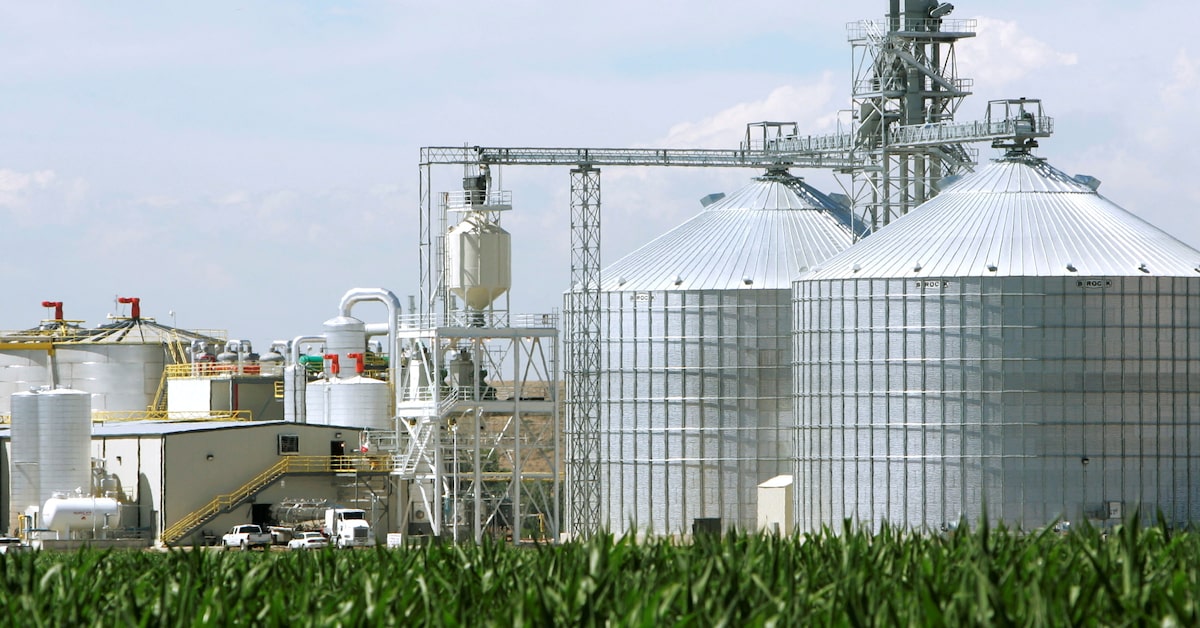FordGT90Concept
"I go fast!1!11!1!"
- Joined
- Oct 13, 2008
- Messages
- 26,263 (4.30/day)
- Location
- IA, USA
| System Name | BY-2021 |
|---|---|
| Processor | AMD Ryzen 7 5800X (65w eco profile) |
| Motherboard | MSI B550 Gaming Plus |
| Cooling | Scythe Mugen (rev 5) |
| Memory | 2 x Kingston HyperX DDR4-3200 32 GiB |
| Video Card(s) | AMD Radeon RX 7900 XT |
| Storage | Samsung 980 Pro, Seagate Exos X20 TB 7200 RPM |
| Display(s) | Nixeus NX-EDG274K (3840x2160@144 DP) + Samsung SyncMaster 906BW (1440x900@60 HDMI-DVI) |
| Case | Coolermaster HAF 932 w/ USB 3.0 5.25" bay + USB 3.2 (A+C) 3.5" bay |
| Audio Device(s) | Realtek ALC1150, Micca OriGen+ |
| Power Supply | Enermax Platimax 850w |
| Mouse | Nixeus REVEL-X |
| Keyboard | Tesoro Excalibur |
| Software | Windows 10 Home 64-bit |
| Benchmark Scores | Faster than the tortoise; slower than the hare. |
This is out of date:Despite the controversies... the research in this field is surprisingly comprehensive: https://www.usda.gov/sites/default/files/documents/LCA_of_Corn_Ethanol_2018_Report.pdf
This analysis takes into account the carbon footprint of fertilizer (N2O), Land-use, cost of animal feed, transport, fuel production (corn into ethanol), and the final tailpipe emissions from cars. The methodology is comprehensive, though the controversies seem to be the amount of greenhouse gasses used in each of these steps and the underlying assumptions.
View attachment 239210
So we can see that 2005-era Gasoline had a certain amount of tailpipe emissions + the cost of refining gasoline in the first place. This is the baseline.
Corn-Ethanol has higher greenhouse costs in producing the fuel, but all "tailpipe" emissions are net-carbon zero. As such, the calculations are that Ethanol is ~40% fewer greenhouse gasses under the measured 2018 statistics. The BAU (business as usual) assumptions, Ethanol will get slightly more efficient as more green-energy is added to the grid. HEHC was an optimistic assumption about green-energy being added to the grid (more solar panels / wind will reduce the Greenhouse gas emissions of Ethanol production).
The cost of refining gasoline has also dropped of course, but we can seee that the sum of 2018-era production costs of Ethanol is less than the tailpipe emissions of gasoline. So any advances in energy production (solar panels, nuclear, whatever) benefit ethanol more than others, especially because of the high-energy costs needed to make Nitrogen-fertilizers.

U.S. corn-based ethanol worse for the climate than gasoline, study finds
Corn-based ethanol, which for years has been mixed in huge quantities into gasoline sold at U.S. pumps, is likely a much bigger contributor to global warming than straight gasoline, according to a study published Monday.
Video explanation of the math/process:
TL;DR/W: need to incentivize ethanol from switchgrass and stop subsidizing ethanol from corn. Corn is too resource intensive for ethanol production.
My point of linking the Cummins thing previously was that there is some logic in making engines that run on 100% ethanol but these are engines that must be designed to burn exclusively ethanol or they get inefficient (Tiny Friendly Giant is one of those engines designed for ethanol). That article was in 2014 and the Renewable Fuel Standard (the ethanol-from-corn subsidy) is expiring this year. With the reporting above that ethanol isn't really clean and oil companies asking for RFS exemptions because there's not enough ethanol available for a reasonable price (this was before the Ukraine madness) to justify blending, renewal of the RFS seems unlikely. With no RFS, market forces will likely drive ethanol to local markets only rather than national.
Everything ethanol is very much in turmoil right now, at least in the United States.
Last edited:











 120 degree firing order is Balanced
120 degree firing order is Balanced